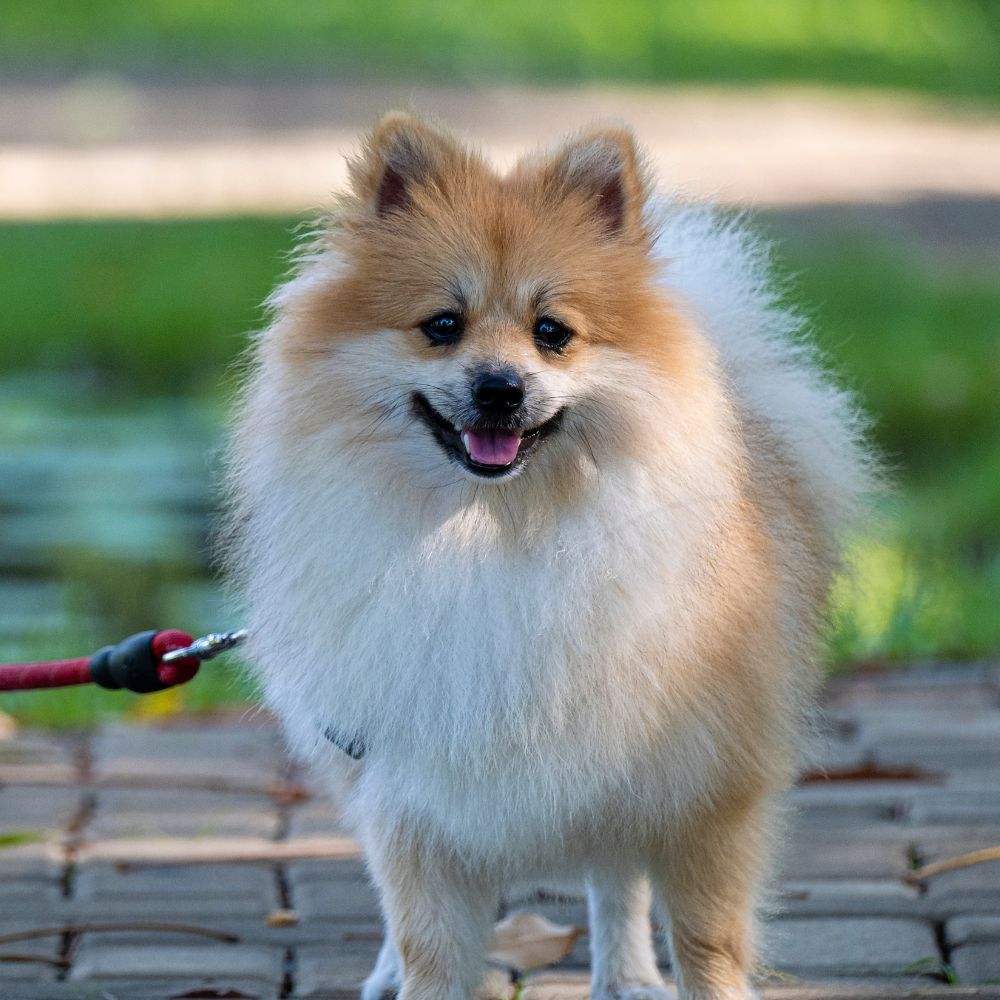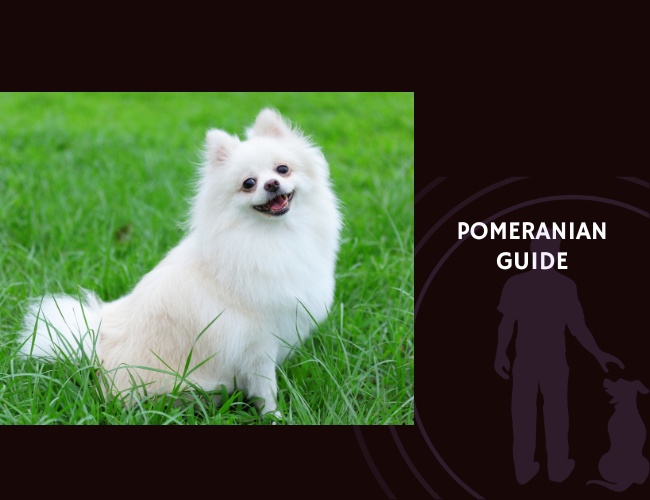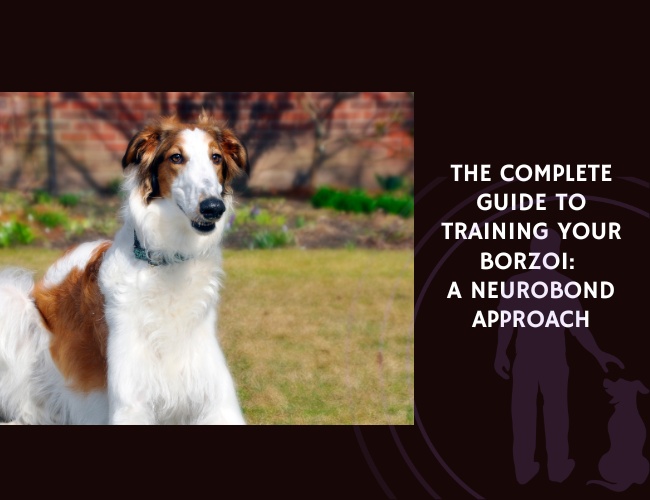Quick Facts about the Pomeranian
- Origin: Germany / Poland (Pomerania region)
- Weight: 1.8–3.5 kg
- Life expectancy: 12–16 years
- Coat Colour: Orange, black, white, cream, blue, sable, and more
- Breed Group: Toy / Companion
The Pomeranian is a fluffy, energetic toy breed known for its fox-like face, bold personality, and luxurious double coat. Despite its tiny size, it carries itself with confidence and charm, often stealing the spotlight wherever it goes.
Pomeranian History
The Pomeranian originated in the historical region of Pomerania (now parts of Poland and Germany) and descended from large Arctic sled dogs. Originally much larger, the breed was miniaturised in the 18th and 19th centuries—especially after Queen Victoria of England fell in love with a small Pomeranian and popularised the breed.
The AKC recognised the Pomeranian in 1888. Since then, it has become a favourite among urban dwellers and celebrities alike, prized for its charisma, intelligence, and compact size.

Pomeranian Temperament
Alert, outgoing, and spirited, the Pomeranian has a big-dog attitude in a tiny frame. It forms strong attachments to its people and thrives on attention and interaction. While affectionate, it also shows a strong independent streak.
Pomeranians are quick learners and enjoy mental stimulation, but they can be stubborn if not handled consistently. Their watchdog tendencies make them vocal, but early training can help manage excessive barking.
Note: Because of their small size, they must be handled carefully, especially around children or larger pets.
Health and wellness
Pomeranians are active for their size and benefit from daily walks and indoor play. They can thrive in apartments as long as they are mentally and physically engaged.
Their thick double coat requires regular brushing (2–3 times per week) to prevent mats and manage shedding. Dental care is also vital due to their small mouths.
Significant problems:
Collapsing trachea
Luxating patella
Hypothyroidism
Alopecia X (coat loss)
Life expectancy: 12–16 years

The Complete Guide to Pomeranian
🔍 Looking to go deeper into dog training?
Use these categories to explore targeted guides and articles on canine behavior, nutrition, obedience, entertainment, and more.









